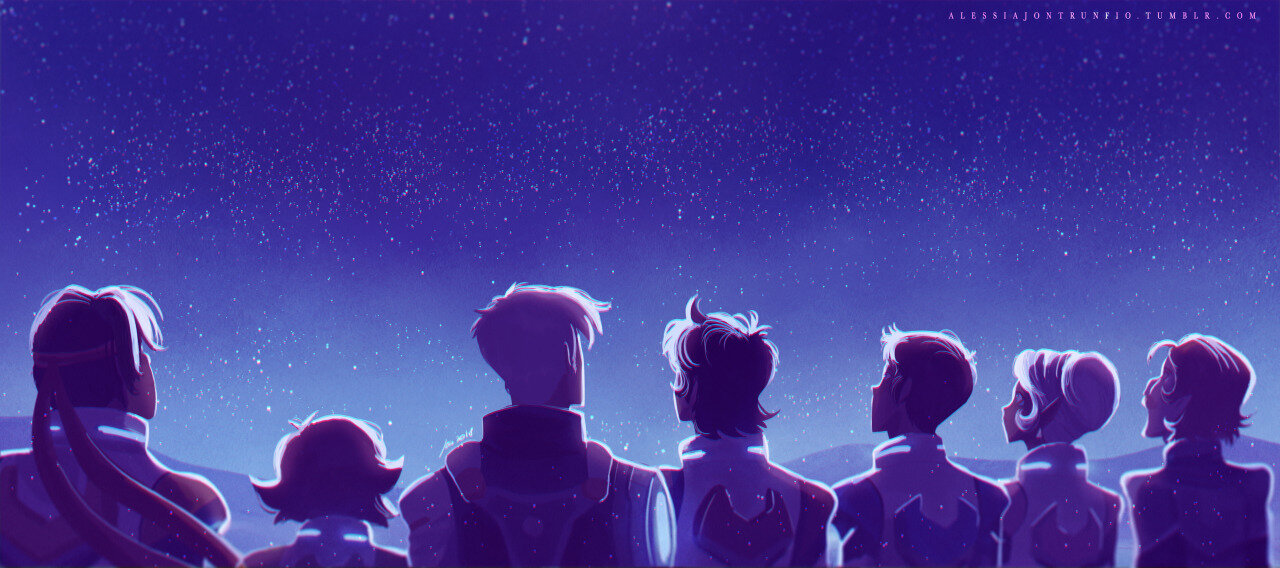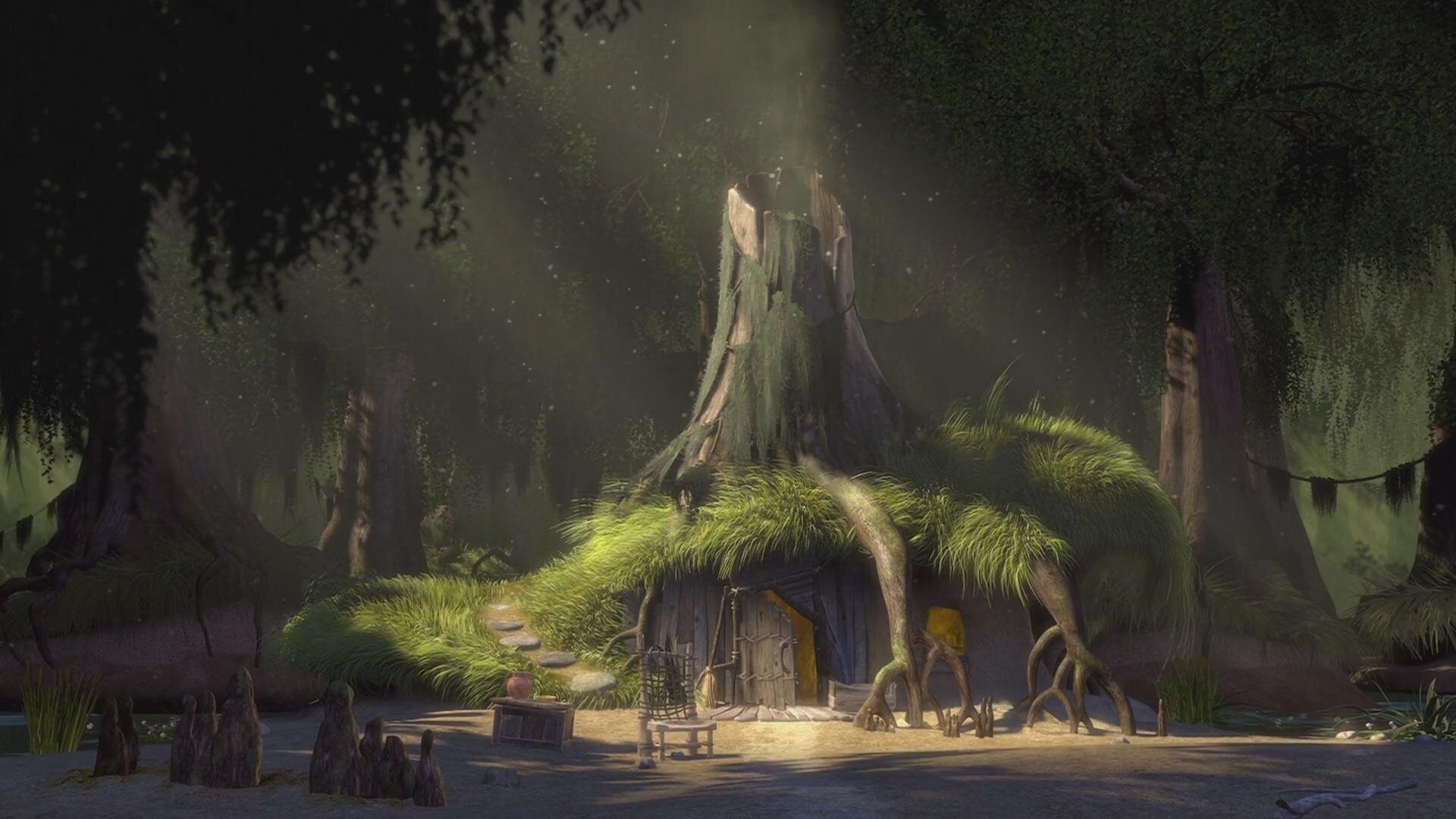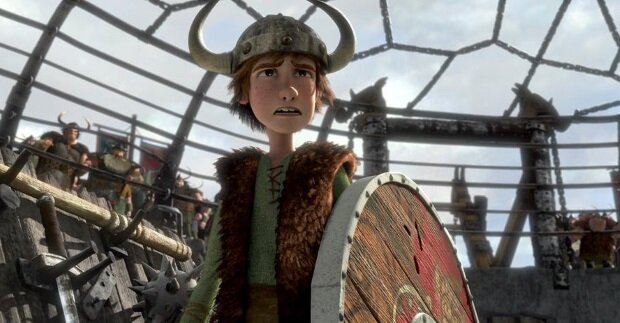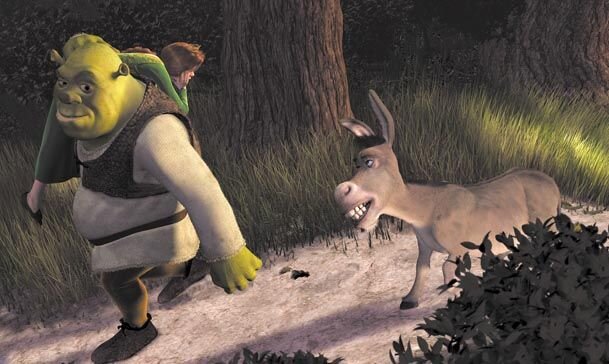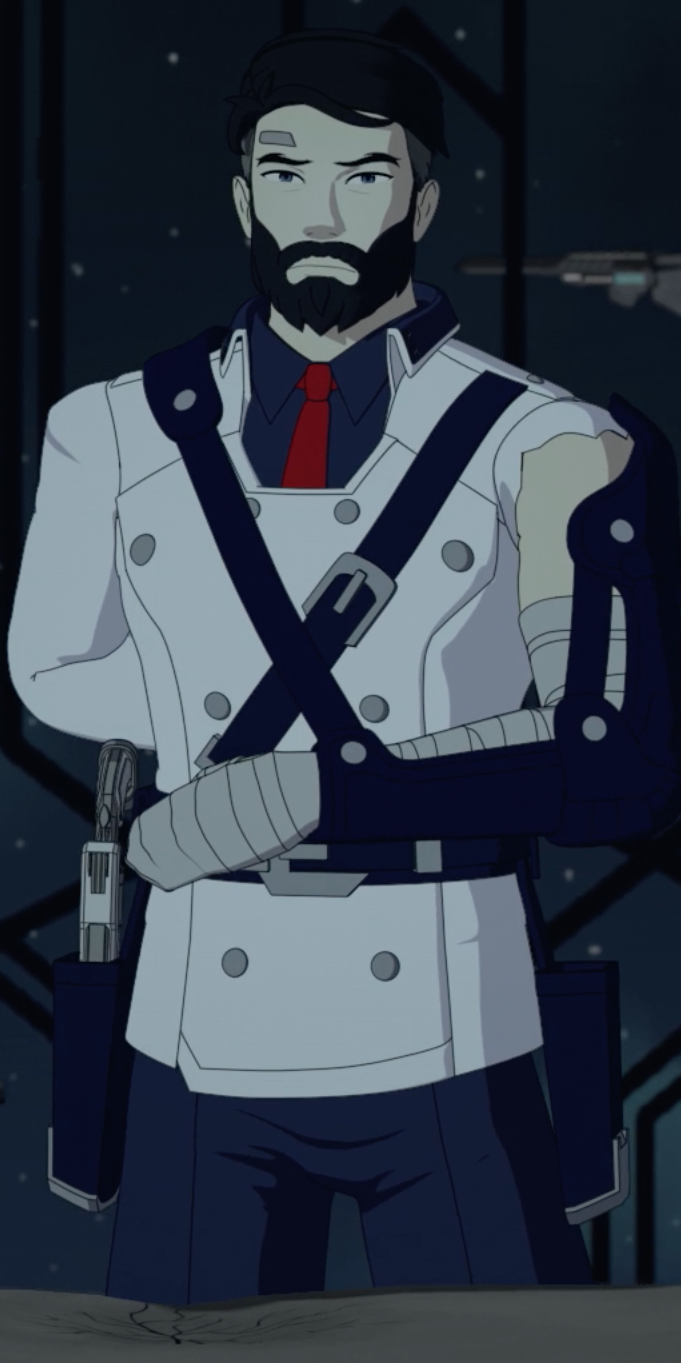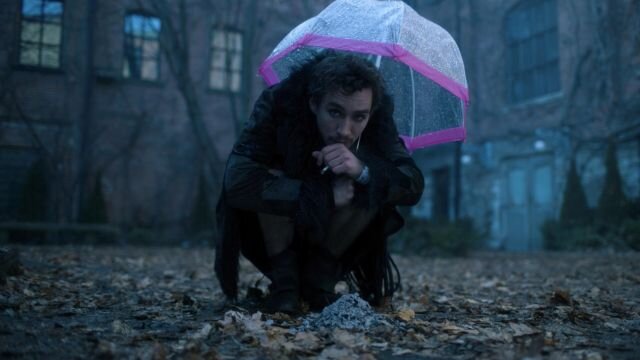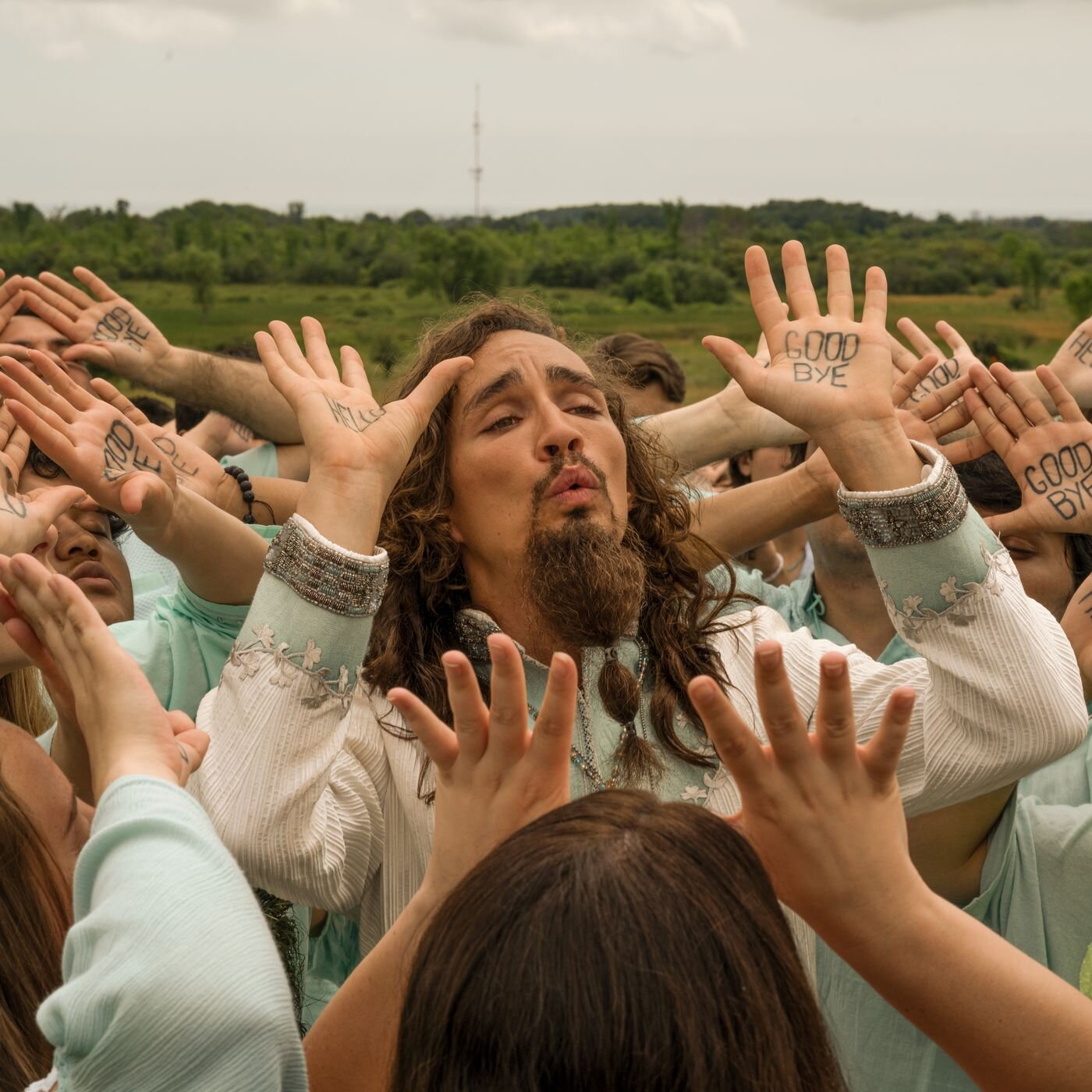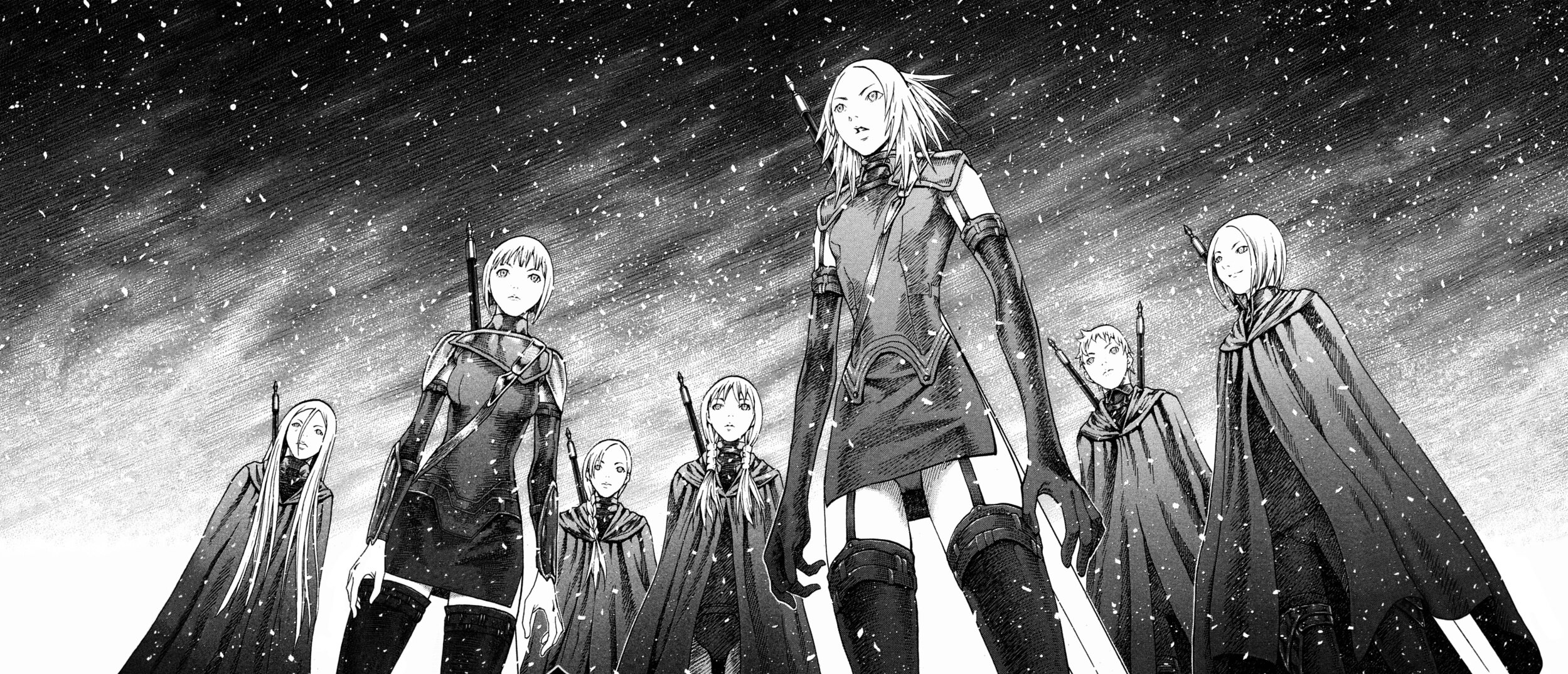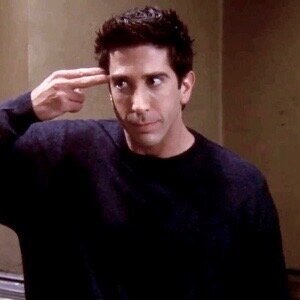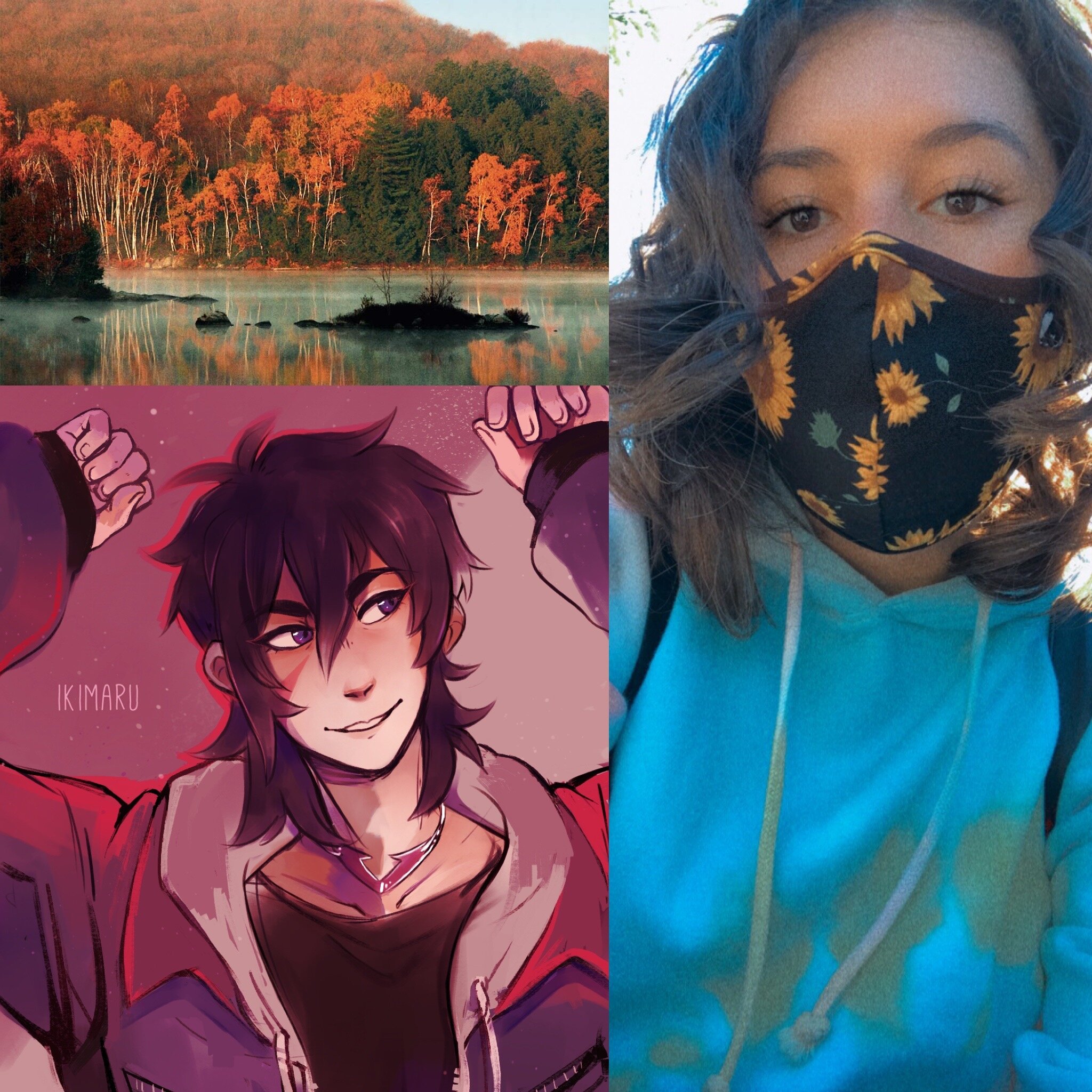All Monsters are Human
/Rarely has there ever been a human villain that has been successful in their goals. And by successful, I mean getting away with almost anything. I think Hannibal Lecter from the film and novel of the same name Silence of the Lambs emulates this trope perfectly.
We only first hear about Lecter through police files, and he’s already established to be a major threat by Frederick Chilton. When we finally see him in person, in the last cell, he stands at the end facing main protagonist Clarice Starling, as if he was expecting her to come. Instead of being rude upon their meeting, he’s very polite and courteous. He’s fascinated by her and gives her cryptic clues to Buffalo Bill's identity in return for painful memories of her childhood. She is eventually able to use these clues to track Bill down and kills him, but not before Lecter stages a dramatic and bloody escape, disappearing without a trace. He leaves two letters: one for Clarice, wishing her well, and the other for Chilton, promising gruesome revenge for the years of mistreatment he suffered at Chilton's hands. Chilton disappears soon afterward.
Hannibal’s first appearance
Image provided by Listverse.com
What makes Hannibal so terrifying is that he’s not like the typical ghosts and ghouls you see in horror films. He’s just a regular human.
In the prequel, Hannibal Rising, we get a glimpse into Hannibal’s childhood and progression into the famous killer we all know and love. In 1941, eight-year-old Hannibal Lecter lived in Lecter Castle in Lithuania. Hannibal, his younger sister Mischa, and their parents travel to the family's hunting lodge in the woods to elude the advancing German troops. Three years later, the Nazis are finally driven out of the countries soon to be re-occupied by the Soviet Union. However, during their retreat, they destroy a Soviet tank that had stopped at the Lecter family's lodge looking for water. The explosion kills the mother and father, leaving Hannibal and Mischa orphans. They survive in the cottage until five former Lithuanian militiamen, led by a Nazi collaborator named Vladis Grutas, storm and loot it. Finding no other food in the bitterly cold Baltic winter, the men look menacingly at Lecter and Mischa, implying cannibalism which we guess may have a starting point for his cannibalistic habit.
Young Hannibal
Image provided by Villains wiki
Eight years later, his father’s home has been remodeled into an orphanage, where he is abused by other children and by the dean. Lecter runs away, forms a quasi-romantic attachment to Murasaki after his uncle's death and commits his first murder when he decapitates a racist fishmonger who had insulted her which would lead to his killing style of anyone he finds vulgar and rude in his later years. While she is close to Lecter, she cannot turn him from his obsession with avenging his sister who was tortured and eaten by Grutas’ gang. To this end, he hunts down, tortures and kills every man who took part in her death, especially Grutas, when he mentions that Hannibal took part in eating Mischa (a memory that was suppressed), forsaking his relationship with Murasaki in the process. The last we see of Hannibal is when he drives away to commit more murders leading to the events of Silence Of the Lambs.
Unlike most villains, who lose their shit when things go wrong, Hannibal manages to maintain a calm and levelled front even when he’s angry. I think American Horror Story sums up the entirety of human villains like Hannibal Lecter with the quote, “All monsters are human.”
Jhadiva Elliott
Hi, my name is Jhadiva. I’m a college student studying Professional Writing and the technical editor of this group. My hobbies are writing, watching movies and karate. My favorite genres to write about and watch are horror, action, thriller, mystery and fantasy. I enjoy being creative and I find the flawed characters of stories to be the most interesting.




















![Image source — DreamWorks Studios [Catra]](https://images.squarespace-cdn.com/content/v1/522614d5e4b02f25c1dfd53c/1601590033392-3W1QSD5M0L8FQF15UMMR/IMG_20200920_171521.jpg)
